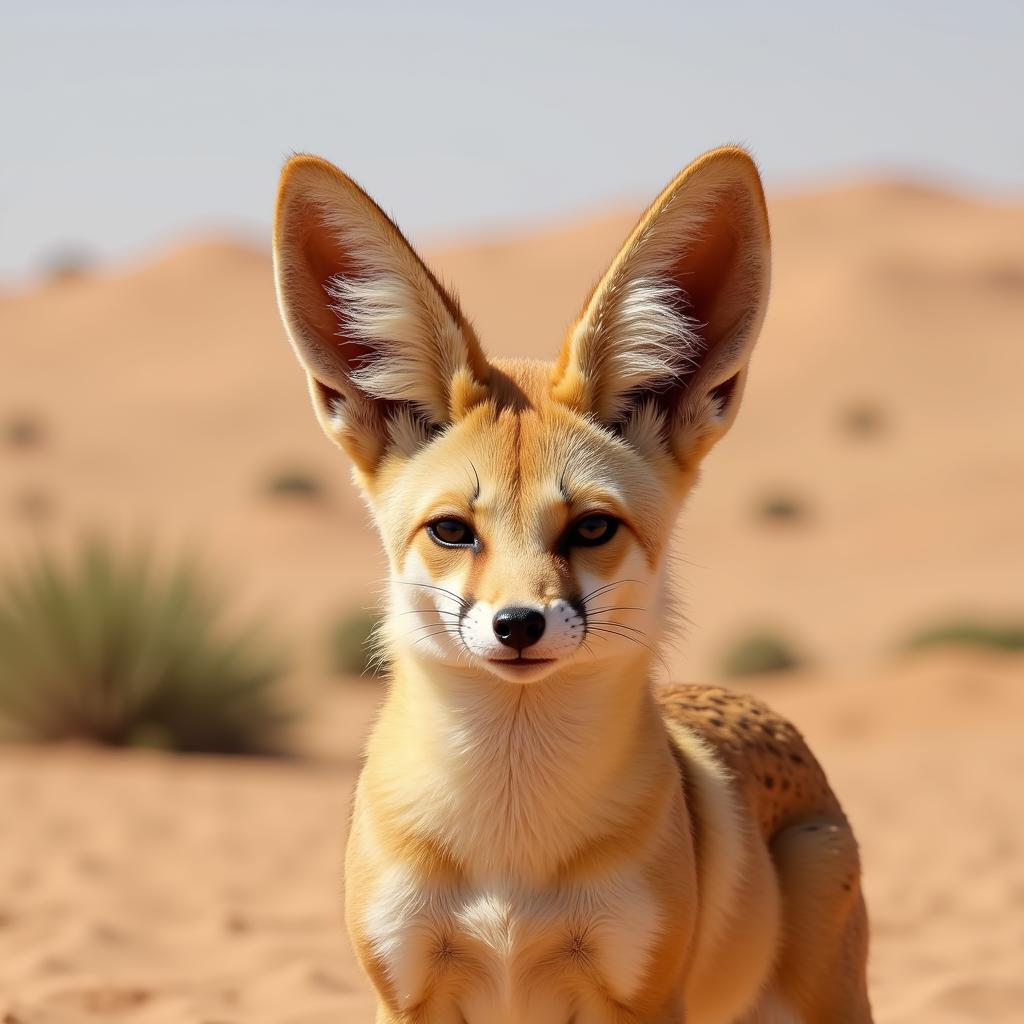Exploring the Beauty of the African Grassland Veld
The African Grassland Veld is a vast and diverse ecosystem that stretches across much of the continent, from the savannas of East Africa to the grasslands of South Africa. It is a landscape of rolling hills, open plains, and scattered trees, home to a remarkable array of wildlife, including lions, elephants, giraffes, zebras, and wildebeest.
The term “veld” is derived from the Dutch word for “field” and is commonly used in Southern Africa to describe open grasslands. However, the African grassland veld is not simply a uniform expanse of grass. It is a mosaic of different habitats, each with its own unique characteristics and species.
Understanding the African Grassland Veld
The African grassland veld is characterized by its distinct climate, vegetation, and animal life.
Climate:
- The climate is typically hot and dry, with distinct wet and dry seasons.
- Rainfall is concentrated during the summer months, often resulting in dramatic thunderstorms and floods.
- The dry season can be long and harsh, with temperatures soaring above 100 degrees Fahrenheit.
Vegetation:
- The African grassland veld is dominated by grasses, with varying types depending on the region and rainfall patterns.
- Some of the common grasses include:
- Elephant grass: A tall, robust grass that grows in wetter areas.
- Red oat grass: A short, fine grass that is common in drier areas.
- Star grass: A nutritious grass that is important for grazing animals.
- Scattered trees, such as acacia, baobab, and marula, provide shade and food for wildlife.
Wildlife:
- The African grassland veld is a haven for a wide range of animals, including:
- Large herbivores: Elephants, giraffes, zebras, wildebeest, and buffalo.
- Predators: Lions, leopards, cheetahs, hyenas, and wild dogs.
- Smaller mammals: Antelopes, monkeys, rodents, and birds.
Importance of the African Grassland Veld
The African grassland veld is an essential part of the African ecosystem and provides many benefits, such as:
- Habitat for diverse wildlife: It provides food, water, and shelter for countless species.
- Essential grazing land: It supports a thriving livestock industry, providing food for millions of people.
- Carbon sink: Grasslands play a crucial role in regulating the global climate by absorbing carbon dioxide from the atmosphere.
- Cultural significance: It is a place of immense cultural and spiritual significance for many African communities.
Challenges to the African Grassland Veld
Despite its importance, the African grassland veld faces many challenges, including:
- Overgrazing: Livestock grazing can degrade the land, leading to soil erosion and reduced biodiversity.
- Poaching and habitat loss: The illegal hunting of wildlife and the clearing of land for agriculture are threatening the survival of many species.
- Climate change: Droughts and extreme weather events are becoming more frequent, impacting the availability of water and food for wildlife.
Conservation Efforts
Many organizations are working to protect the African grassland veld and its wildlife. These efforts include:
- Establishing protected areas: National parks and reserves help safeguard critical habitats and wildlife.
- Community-based conservation: Working with local communities to promote sustainable land management practices.
- Anti-poaching patrols: Protecting wildlife from illegal hunting and trade.
- Raising awareness: Educating people about the importance of the African grassland veld and the threats it faces.
“The African grassland veld is a truly incredible ecosystem,” says Professor Amani Mwangangi, a renowned wildlife biologist and conservationist. “It is essential that we work together to protect it for future generations.”
Frequently Asked Questions
What are the main threats to the African grassland veld?
The main threats include overgrazing, poaching, habitat loss, and climate change.
What are some of the key species found in the African grassland veld?
Key species include lions, elephants, giraffes, zebras, wildebeest, and various antelopes.
How can I help protect the African grassland veld?
You can support conservation organizations, reduce your carbon footprint, and choose sustainable products that don’t contribute to deforestation.
What is the difference between a savanna and a grassland?
While both are characterized by grasses, savannas have a more scattered tree cover, while grasslands have less tree cover.
What are the benefits of the African grassland veld?
The African grassland veld is essential for biodiversity, livestock grazing, carbon sequestration, and cultural significance.


